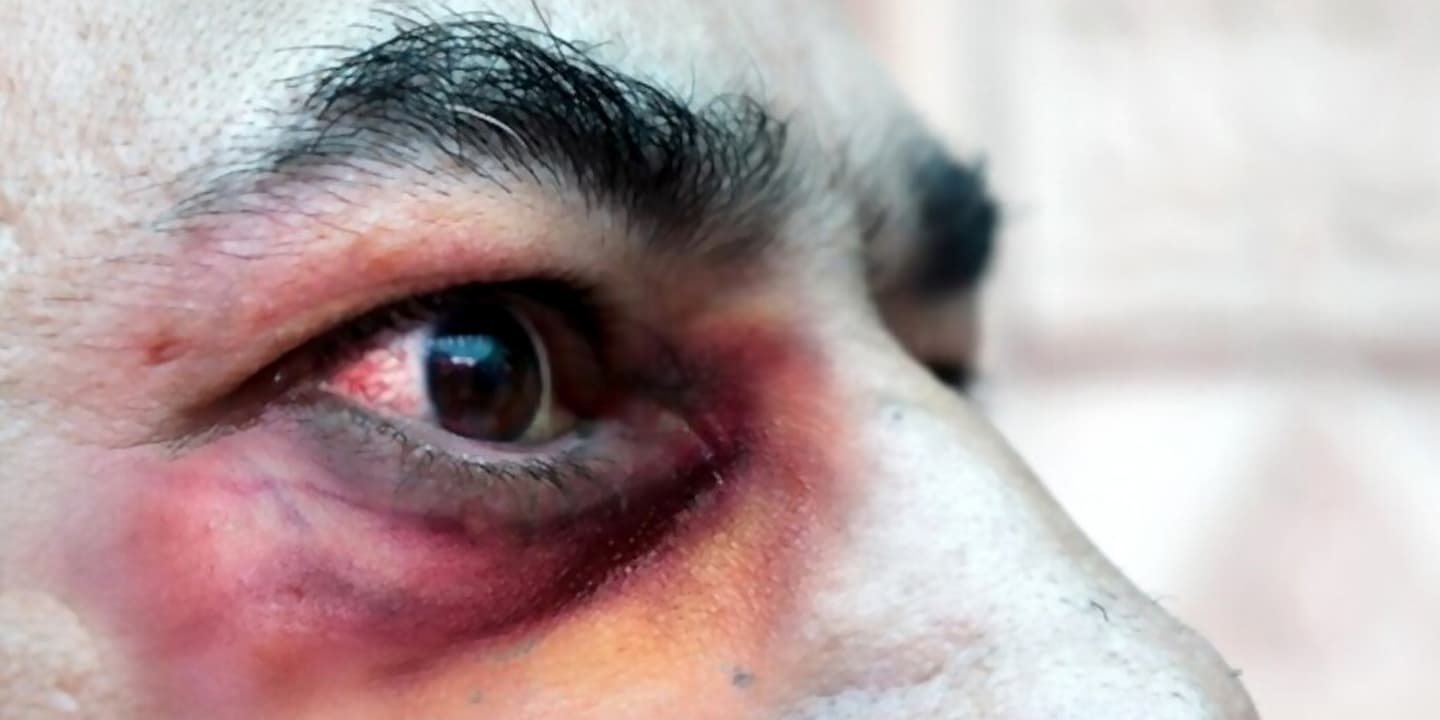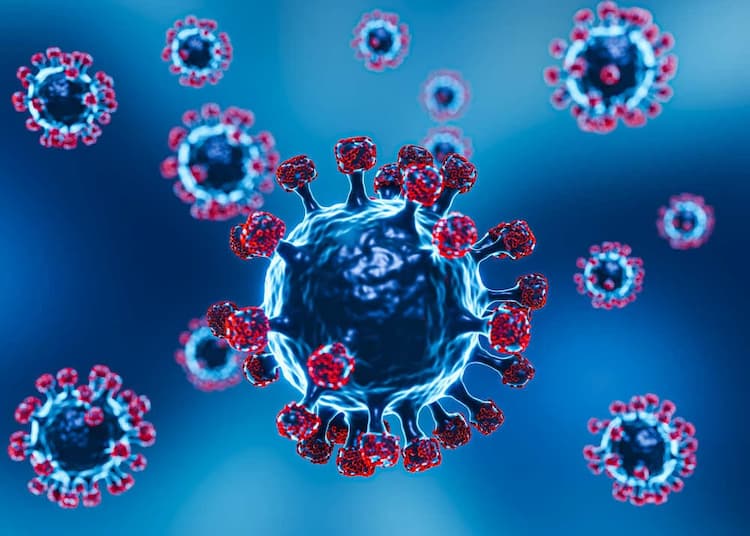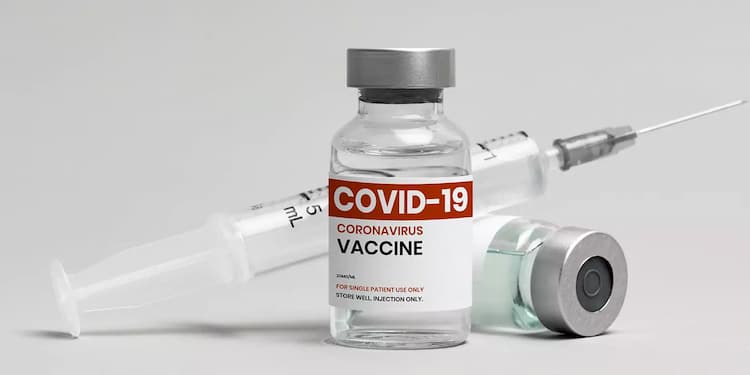Mucormycosis or Black Fungus: Symptoms and Treatment

Medically Reviewed By
Dr Divya Rohra
Written By Srujana Mohanty
on May 10, 2022
Last Edit Made By Srujana Mohanty
on Mar 18, 2024

The onset of the Covid-19 pandemic has familiarized us with many new medical terminologies, Mucormycosis or Black Fungus being one of them. This rare type of fungal infection became extremely prevalent in patients who contracted the Covid-19 infection and had a compromised immune system.
The prevalence of Mucormycosis or Black Fungus was the maximum in India, accounting for up to 70% of the reported global cases. Often termed opportunistic infections, the black fungus attacks a person’s immune system when vulnerable and subject to further deterioration.
This article will delve into detail about Mucormycosis or Black Fungus, its symptoms, causes, and treatment.
What is Mucormycosis?
Alternatively known as zygomycosis or Black Fungus, it is a rare but fatal form of fungal infection caused by a few different types of fungi present in the environment.
The condition is prevalent in patients with compromised immune systems or poor physical well-being due to uncontrolled diabetes, autoimmune disorders, viral infections like Covid-19, etc.
The fungal vector that causes the disease is abundant in the soil and the surrounding environment. Prevalent exposure to contaminated soil or water is a common contributing factor to this fungal infection, whose diagnosis is very infrequent in most patients.
Despite the ongoing myths, Mucormycosis is a non-contagious disease, which means that it can’t be transmitted actively from one person to the other. It doesn’t transit from direct or indirect contact with the infected person.
What are the different types of Mucormycosis?
As we mentioned before, there are different types of fungi that cause Mucormycosis. Also, the condition is categorized into types, depending on which major organ in the body is getting infected with the fungi.
There are five known types of Mucormycosis or Black Fungus disease, including:
| Types of Mucormycosis | Affected Organ | Further Information |
| Pulmonary mucormycosis | Lung | Seen in cancer patients that undergo an extensive procedure, including organ transplantation or stem cell transplant. |
| Rhinocerebral mucormycosis | Sinus
Brain | Relayed through a sinus infection that reaches the brain
Common in patients undergoing a kidney transplant or having uncontrolled diabetes. |
| Cutaneous mucormycosis | Skin | Results from accidentally entering the fungi through a wound or open injury on the skin.
Prevalent in immunocompromised patients. |
| Gastrointestinal mucormycosis | GI tract | Common in newborns and premature infants who undergo life-saving surgical procedures after birth. |
| Disseminated mucormycosis | Brain | Fast spreading type of fungal infection that first infects the brain and then spreads to other vital organs via the bloodstream. |
If correct and timely diagnosis and treatment aren’t administered, every type of mucormycosis is fatal. Getting immediate medical intervention following an accurate diagnosis is crucial for the patient’s life.
What Causes Mucormycosis?
Mucormycosis is a prevalent fungal infection caused by a group of fungi labeled as Zygomycetes. Amidst them, the Rhizopus arrhizus is the most common type of fungi causing the infection.
Caused by the fungi belonging to the Mucoraceae family, their spores are found in abundance in the environment. These fungi are responsible for promoting the decaying of organic matter, so results can be fatal when the fungi enter a person’s bloodstream.
Surprisingly, humans can co-exist with the fungi causing Mucormycosis. That’s what typically happens regularly. However, when the fungi come in contact with a person with a weakened immune system, the fungal infection rapidly spreads inside the body, leading to fatal risks, even death.
What are the Symptoms of Mucormycosis?
The symptoms of Mucormycosis vary depending on the type of fungal infection the patient has contracted. Since the fungi causing the infection are responsible for decaying organic matter, it isn’t surprising that they attack the vital organs when a patient inhales the fungal spores.
Symptoms of black fungus or Mucormycosis can vary depending on where the fungus is found in the body. It can affect the skin, eyes, lungs, sinuses and other organs. It can be fatal if left untreated. Some of the black fungus symptoms include chest pain, difficulty breathing, fever, coughing blood, paralysis and loss of sight. People can get infected by inhaling mold spores from dust or soil. They can also contract the infection through skin injuries. A person with a weak immune system is at high risk for developing this disease. It is a rare invasive fungal infection. The symptoms of mucormycosis may not develop quickly, and it can take days or weeks to be diagnosed. However, early identification of the disease can help prevent further damage to the body. The most common area for black fungus or Mucormycosis to occur is the lungs. Some patients also have infections in the mouth, eyes, and other areas of the body. If you suspect you have this infection, you should seek treatment immediately.
Most patients notice primary symptoms, including chest pain, shortness of breath, blurry vision, etc., in the beginning. However, discoloration on the skin, especially around the nose, is a sign of severe infection that needs immediate medical (and sometimes surgical) interventions.
Let us walk you through the symptoms based on the type of Mucormycosis:
| Type of Mucormycosis | Symptoms |
| Pulmonary mucormycosis | -Shortness of breath
-Chest pain -Tightness in the chest -High fever -Coughing up fluids and blood |
| Rhinocerebral mucormycosis | -Fever
-Headache -Facial swelling (on one side) -Discoloration or blackening of the skin -Nasal congestion |
| Cutaneous mucormycosis | -Serum-filled bubbles on the skin
-Facial pain -Skin ulcers -Infection -Blackening of the infected part of the skin -Swelling in the infected area -Skin redness |
| Gastrointestinal mucormycosis | -Nause
-Vomiting -GI bleeding -Loss of appetite -Abdominal pain and discomfort |
| Disseminated mucormycosis | -Swollen eyelid
-Paralysis of eyelid muscles -Pre-existing symptoms of other diseases the patient is struggling with |
Distinguishing every Black fungus symptoms is difficult. Since the initial symptoms are often similar to that of a general bacterial or viral infection, most patients get a delayed diagnosis. If you notice something amiss with your body, it is ideal to seek a doctor’s advice and rule out every possible complication.
Who are at Risks of Contracting Mucormycosis?
As we mentioned above, as human beings, we are surrounded by different types of microorganisms, including the fungi that cause Mucormycosis. We can co-habitat unless it comes in contact with someone with a weakened immune system.
Inhaling these fungal spores with an already vulnerable immunity leads to worsening symptoms and eventually death in some patients.
So, who is at risk of contracting this infection?
People with Viral Infections
If you have recently contracted any of the viral infections, including Covid-19, adenovirus infection, parainfluenza virus infection, human immunodeficiency virus, human papillomavirus, herpes, respiratory syncytial virus infection, rubella, shingles, viral gastroenteritis, viral pneumonia, etc., you are at risks of contracting Mucormycosis.
Since all of these viral infections directly affect the immune system, coming in contact with the fungal spores further worsens the condition, leading to severe symptoms and eventual death.
Studies also found that Covid-19 patients who received steroid treatments for their symptoms were particularly at a higher risk of contracting the Mucormycosis infection.
People with Immunodeficiency Disorders
Several types of immunodeficiency disorders or autoimmune disorders like DiGeorge syndrome, Bruton's disease, leukocyte adhesion defects, chronic kidney disease, severe burns, uncontrolled diabetes, etc., puts the patient at risk of contracting the Mucormycosis infection.
Vulnerable patients at risk should always practice precaution and follow preventive measures to protect their well-being in the long run.
How is Mucormycosis Diagnosed?
Mucormycosis is a fungal infection that doesn’t have any blood test for direct and prompt diagnosis. When you consult your doctor with the symptoms, their diagnosis will involve a comprehensive assessment of:
- Past medical history
- Recent history of viral infections, predominantly Covid-19
- Assessment of risk factors
Depending on the above, your doctor will prescribe imaging tests like CT scan or MRI to assess the extent of the infection and determine the type of Mucormycosis the patient is battling.
Another definitive form of diagnosis is biopsy or endoscopy. The pathological experts assess the collected tissue sample from the infected site to ascertain the kind of infection the patient is struggling with. Sometimes, mucormycosis symptoms often coincide with other viral infections like histoplasmosis and candidiasis. So, getting a definitive diagnosis is crucial for correct treatment.
How is Mucormycosis Treated?
Mucormycosis or Black Fungus isn’t a very common type of infection that occurs frequently. However, since the condition is extremely fatal, immediate and quicker treatment is crucial and not an option.
Early diagnosis helps in the faster treatment, which averts the worst. However, in some patients with delayed diagnosis, rigorous and extreme treatment can prevent the further spread of the infection and guarantee full recovery.
The Black Fungus treatment is generally categorized into two types – surgical and medical.
Since the fungal infection directly causes decay to part of the skin, surgical removal of those infected sites is crucial to contain the further spread of the infection.
However, besides surgical interventions, the standard medical treatments include antifungal medications. Patients with an already compromised immune system get further treatments to optimize their immunity and battle accessory symptoms like fever, shortness of breath, nausea, dizziness, etc.
Some of the common medicines administered to patients with Mucormycosis include Amphotericin B and Posaconazole.
Infected patients will typically be under the treatment of an infectious disease expert with years of experience for optimal treatment and recovery.
Is the Prognosis of Mucormycosis always Fatal?
No, people with Mucormycosis aren’t subjected to death immediately. With proper treatment and medical interventions, a patient can make a full recovery eventually.
However, that doesn’t rule out that Black Fungus is a fatal condition. Rhinocerebral and GI mucormycosis are deadlier and often claim 85% of the lives of the infected patients.
On the flip side, patients affected with the other three types of Mucormycosis have a 50% mortality rate.
The prognosis of this fungal infection also depends on the patient’s overall well-being. If they aren’t responding well to the administered treatments, it can often lead to fatalities.
How can I prevent Mucormycosis?
The fungal spores that cause mucormycosis are spread in the environment. There are chances that we are probably inhaling some of these spores daily. However, while the condition might not be fatal for a healthy person with good immunity, it can prove fatal for a patient with underlying medical conditions and poor immunity.
Some of the preventive measures for Black Fungus include:
- Wear a protective N95 or surgical mask if you are visiting dusty areas like constructive sites, forest areas, etc.
- If you are immunocompromised, avoid touching the soil with bare hands. Avoid any kinds of direct contact with the soil.
- Get a scrub bath to get off any possible fungal spores on your skin.
- If you have any open injuries, clean and disinfect them now and then or cover them with a Band-Aid to prevent further infections.
- Consult with your doctor about anti-fungal medications following rigorous surgical procedures like organ transplant or stem cell transplantation.
Preventive measures are completely dependent on the life choices you make. If you are physically vulnerable, try to protect yourself as much as possible.
FAQs
How to prevent Mucormycosis?
The easiest way to prevent mucormycosis is by being alert, practicing good hygiene, and avoiding dusty sites, including forests and construction places.
How is mucormycosis diagnosed?
Mucormycosis is diagnosed by imaging tests by CT scan, MRI or via, or biopsy, or tissue culture procedures.
What are the treatment options for mucormycosis?
Mucormycosis requires medical and surgical treatments, including anti-fungal medications in a rigorous regimen to help the patient recover.
Conclusion
Mucormycosis is no doubt a fatal and severe medical condition. However, instead of outright panicking, it is important to educate yourself about the infection and get timely treatments to handle the symptoms. If you are at risk of contracting the infection and are noticing symptoms that align with the disease, immediately get the help you need before the infection turns for the worse.



